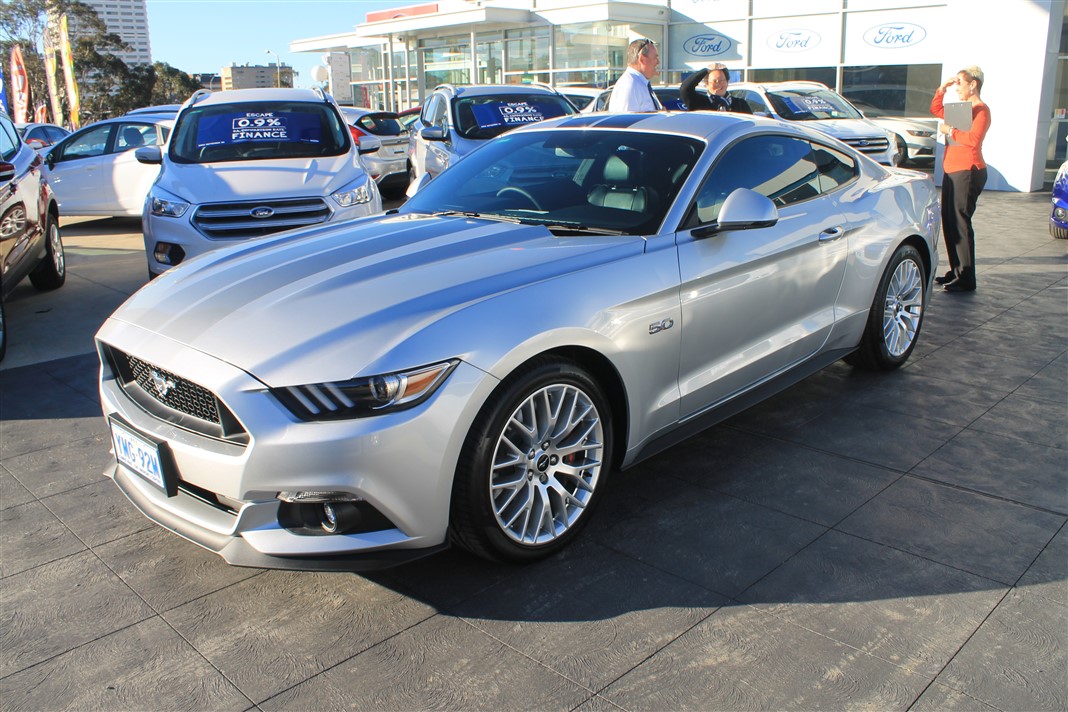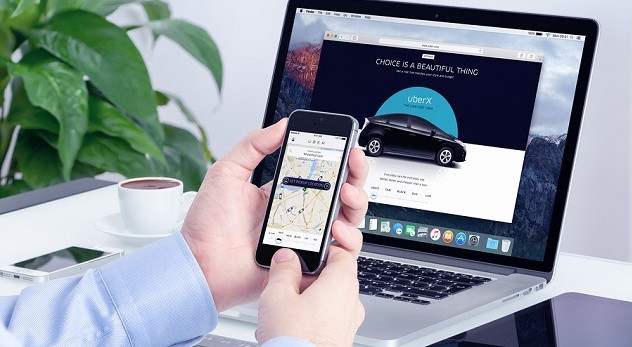The Magazine for I.T. Professionals
Main Article - Summary
Article Summary
1.0 Introduction
1.1 Background
 The automotive industry has benefitted from the contribution of Information Technology in a variety of areas, which all involve the design, development, testing, and delivery of safer, lighter, stronger, and more fuel-efficient vehicles on our roads.
The automotive industry has benefitted from the contribution of Information Technology in a variety of areas, which all involve the design, development, testing, and delivery of safer, lighter, stronger, and more fuel-efficient vehicles on our roads.
Information Technology has provided the automotive industry great technological advancements, not only deep within the infrastructure of the vehicles including integration and management of the drivetrain and manoeuvrability, but also in the management of fuel delivery, emissions control, vehicle safety components and systems, driver assistance, information and alerts, and passenger entertainment.
Driverless technology, a completely computer operated autonomous car involving sensors, radar and Global Positioning System (GPS) is now a reality. The modern car, now involves over 200 million lines of code within the software which manages the interconnected systems within the vehicle and can be subjected to a variety of threats including software glitches, hacking, and compromising of communication systems.
1.2 Aim
Since 1885 the automobile has gradually changed from a simple personal vehicle transporting people and cargo, propelled by a combustible engine, to a technologically integrated and interconnected communications hub on wheels, driven by an intelligent and mobile computer system (King 2005).
2.0 Issues
2.1 Issue: Emissons Control
 Lowering current greenhouse gas emissions is a primary challenge of the global community to reduce the current and future effects of climate change on our planet. Our dependency on fossil fuels and our emissions of greenhouse gasses need to severely reduce the impact and change on global climate conditions which appear near or are at tipping point (Melville 2010).
Lowering current greenhouse gas emissions is a primary challenge of the global community to reduce the current and future effects of climate change on our planet. Our dependency on fossil fuels and our emissions of greenhouse gasses need to severely reduce the impact and change on global climate conditions which appear near or are at tipping point (Melville 2010).
As the need for tighter emissions control is required by automotive manufacturers in the future, so will the dependency on information technology research on alternative, renewable, and environmentally friendly fuel sources that power the drivetrain.
2.2 Issue: Digital Disruption
 Car purchases of the future will involve a completely computerised and connected vehicle to a network of other vehicles, driven by electric motors where electricity is provided by alternative, renewable and environmentally friendly sources, such as wind farms, to reduce carbon emissions (Gao et al. 2014).
Car purchases of the future will involve a completely computerised and connected vehicle to a network of other vehicles, driven by electric motors where electricity is provided by alternative, renewable and environmentally friendly sources, such as wind farms, to reduce carbon emissions (Gao et al. 2014).
Car purchases of the future will involve a completely computerised and connected vehicle to a network of other vehicles, driven by electric motors where electricity is provided by alternative, renewable and environmentally friendly sources, such as wind farms, to reduce carbon emissions (Gao et al. 2014).
2.3 Issue: Connected Cars
 Modern day vehicles and older vehicles fitted with aftermarket information systems, have established the automobile as a communications device, connecting the car to other cars and networks, and now among the Internet of Things. Transmitting and receiving data, including vehicle speeds, driving habits and safety information, the car is connected by GPS to the car manufacturer or OEM information system via Dedicated Short Range Communication (DSRC) devices (Kar et al. 2017).
Modern day vehicles and older vehicles fitted with aftermarket information systems, have established the automobile as a communications device, connecting the car to other cars and networks, and now among the Internet of Things. Transmitting and receiving data, including vehicle speeds, driving habits and safety information, the car is connected by GPS to the car manufacturer or OEM information system via Dedicated Short Range Communication (DSRC) devices (Kar et al. 2017).
2.4 Issue: Transportation as a Service
 Transportation as a Service, (TaaS) also known as Mobility as a Service (MaaS), is a recent user needs based concept combining differing transportation modes, such as a public transport, car sharing, bike sharing, and taxis. All mobility services are available on demand to a consumer, and linked to their tailored mobility account, similar to a mobile phone contract, and booked via a smart phone application (Jittrapirom et al. 2017).
Transportation as a Service, (TaaS) also known as Mobility as a Service (MaaS), is a recent user needs based concept combining differing transportation modes, such as a public transport, car sharing, bike sharing, and taxis. All mobility services are available on demand to a consumer, and linked to their tailored mobility account, similar to a mobile phone contract, and booked via a smart phone application (Jittrapirom et al. 2017).
2.5 Issue: Software Engineering
 The modern car now consists of ever increasing electronics and computers including software which is embedded in the engine control unit, vehicle safety systems, and its information system to improve the safety of the vehicle and its occupants, and their comfort (Grimm 2003).
The modern car now consists of ever increasing electronics and computers including software which is embedded in the engine control unit, vehicle safety systems, and its information system to improve the safety of the vehicle and its occupants, and their comfort (Grimm 2003).
3.0 Summary & Recommendations
The Information Communications Technology industry will need to remain a primary partner to resolve future challenges within the automotive industry including research, development, deployment and security of environmentally sustainable vehicles.
Future vehicles will need further partnership and assistance from the ICT sector to design lighter and stronger cars, with alternatively fuelled drivetrains. Expertises will be sought from the software engineering, hardware engineering and I.T. Security fields with the onset of digital disruption, connected cars, transportation as a service, for development and maintenance of those systems.
 Full Article & References Download File
Full Article & References Download File
